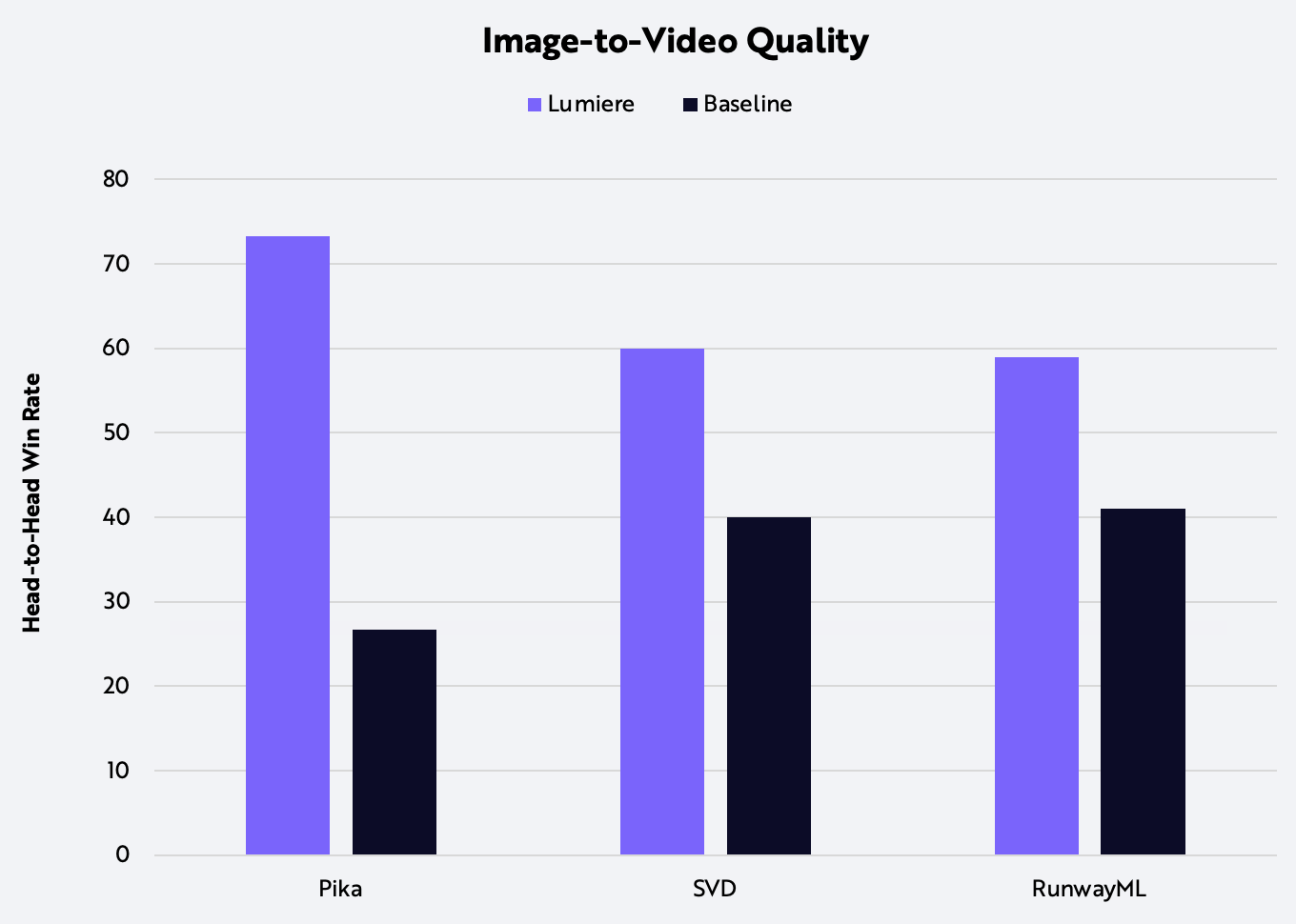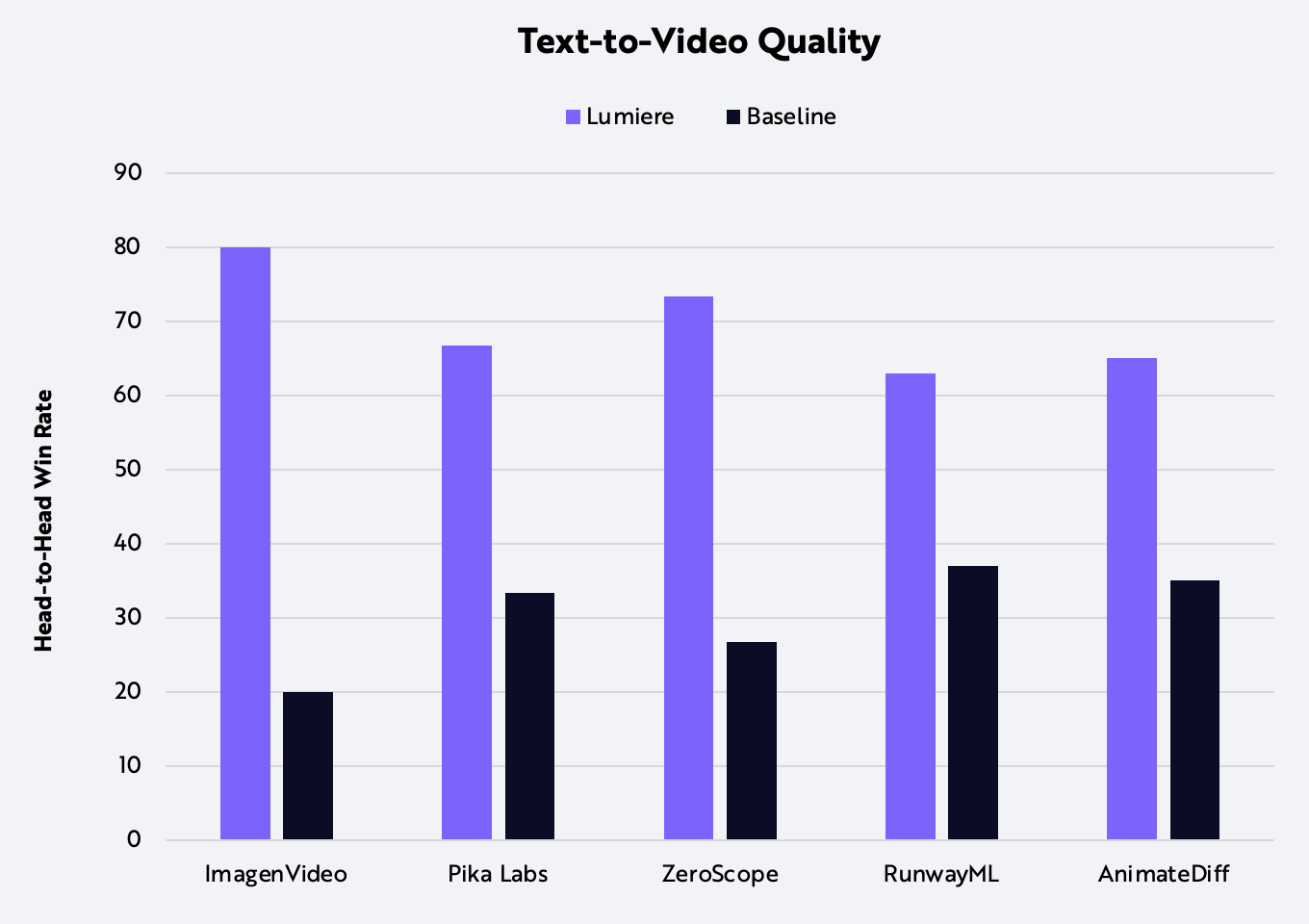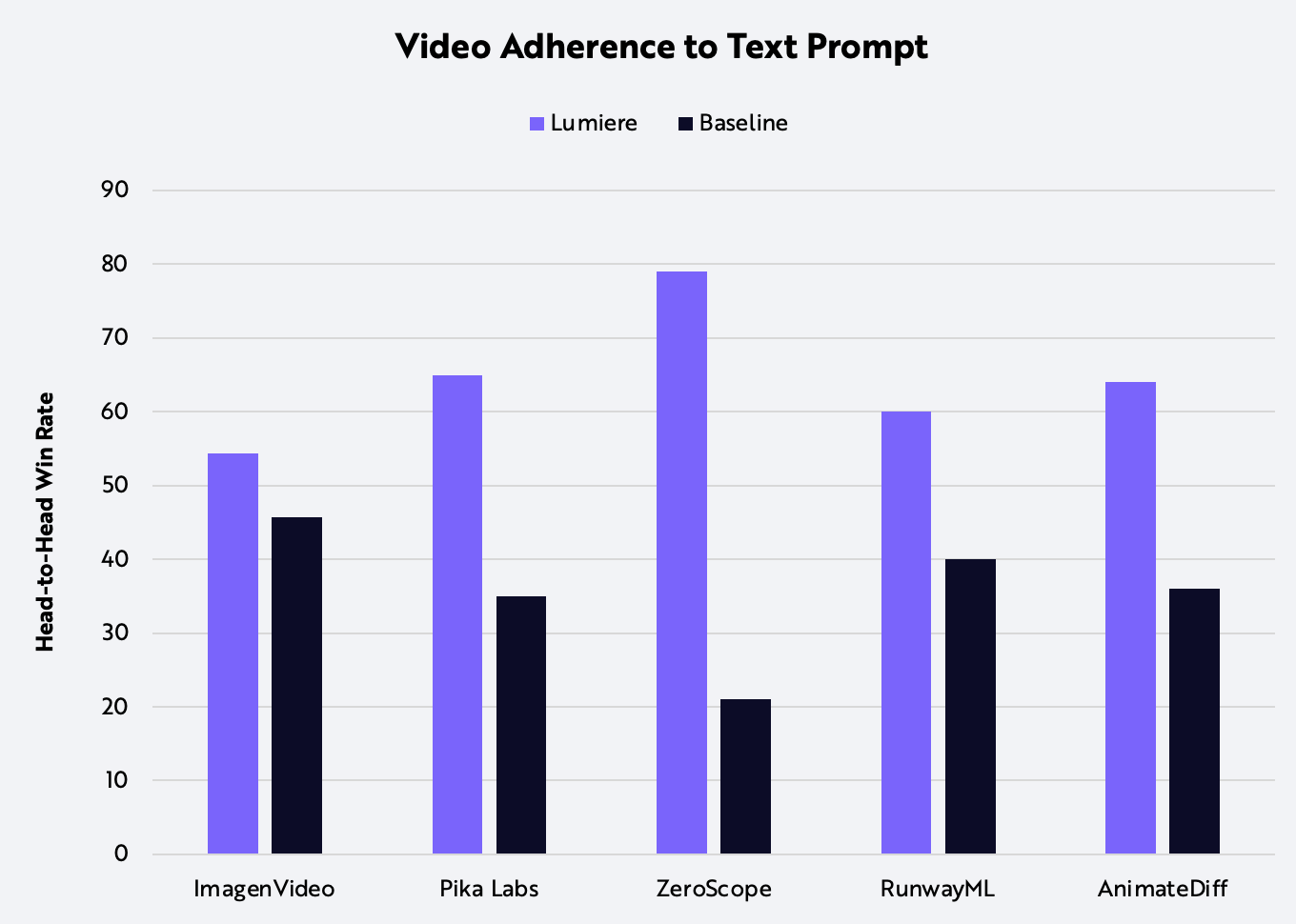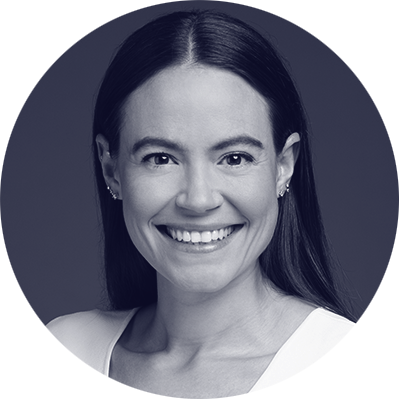#400: Google’s Lumiere Could Improve Humanoid Robots And Robotaxis, & More
1. Google’s Lumiere Could Improve Humanoid Robots And Robotaxis

Recently, Google rolled out Lumiere,[i] its state-of-the art video generation AI model based on a novel “space-time diffusion” model architecture. The model enables unprecedented video generation and manipulation that could catalyze breakthroughs in robots and robotaxis.
Unlike other image generation models, Lumiere downsamples and upsamples spatial and temporal video information. As part of its training process, it watches blurry videos played at 4x speed; other models reduce image resolution in training, but they don’t have a “fast forward button.” This allows Lumiere to generate the entire duration of the output video in a single pass through the model, whereas previous best-in-class architectures generate individual keyframes and then attempt to stitch them together.
As shown below, Lumiere’s output appears superior to everything available in-market today.[ii] Google surveyed users comparing the outputs of Lumiere (blue) against other models (orange) on a head-to-head basis. Across all measured characteristics—video quality, adherence to text prompt, and quality of converting a still image into video—Lumiere beats other published open-source models as well as commercial offerings from RunwayML and Pika Labs, as shown below.



Source: ARK Investment Management LLC, 2024 incorporating data presented in Bar-Tal et al. 2024.[iii] For informational purposes only and should not be considered investment advice or a recommendation to buy, sell, or hold any particular security or cryptocurrency. Past performance is not indicative of future results.
Google’s Lumiere demonstrates that AI architectures are advancing rapidly. Image and video generation models are important not only for creating media content but also for advancing robotics. Diffusion models are enabling robotic motion planning,[iv] and video diffusion is assisting autonomous vehicle AI models with scene understanding and path prediction.[v] While Google’s Lumiere should change the evolution of media content, its architectural breakthrough also could enhance the agility and performance of humanoid robots and autonomous robotaxis.
2. Apple Is Up To Its Old Shenanigans
Last week, responding to the European Union Digital Markets Act, Apple announced[vi] significant changes to the iOS App Store, including a “core technology fee” that will charge[vii] developers €0.50 per new app installation if downloads exceed 1,000,000 in the region.[viii] Simultaneously, Apple announced that it will lower its take rate modestly, from 15%-30% to 13%-20%, on in-app purchases of digital goods and services. Adding insult to injury, for apps listed on third-party app stores like the Epic Games Store, developers will still incur Apple’s core technology fee in addition to the third-party app store commissions and/or third-party payment processing fees.
Participants in the iOS app developer ecosystem, including Epic Games’ Tim Sweeney[ix] and the Coalition for App Fairness,[x] described Apple’s moves as illegal and anti-competitive. In our view, Apple is limiting[xi] the distribution of iOS apps through third-party marketplaces and eroding the trust of developers. As a result, Apple could be jeopardizing its future in a post-mobile world that emerging AI hardware like the Humane AI Pin, Rewind Pendant, Tab, and Rabbit R1 could enable.
3. Tesla’s Growth Should Accelerate With Its Next-Generation Vehicle, FSD Version 12, And Optimus



Last week, Tesla announced that its vehicle volume growth is likely to decelerate in 2024 but should reaccelerate in 2025 as it debuts its next-gen vehicle[xii] while traditional automakers scale back their EV initiatives.[xiii] In our view, despite short-term macro headwinds from Europe and China, Tesla’s long-term strategy and formidable execution should prevail.
During Tesla’s fourth-quarter earnings call, Elon Musk announced that Tesla’s AI-enabled end-to-end autonomous solution—its full self-driving (FSD) v12—will roll out to US FSD customers within weeks. In our view, this update will be critical to a robotaxi future, having eliminated ~300,000 lines of code by shifting from a rules-based system to one run predominantly by AI.[xiv] Already, a limited group of customers has access to FSD v12, and public videos have illustrated its successful navigation of unpredictable corner cases with zero intervention.[xv] In our view, those videos suggest that Tesla’s robotaxi launch is a matter of time.
Moreover, Optimus, the humanoid robot leveraging the inference computer and training technology used on Tesla’s vehicles, could begin shipping next year—the first step in what we believe will become a multi-trillion-dollar opportunity. Leading the production of affordable, high-performance EVs, Tesla appears to be gearing up for a new phase of exponential growth across its businesses. Stay tuned for our updated, open-source Tesla valuation model in the coming months.
[i] Mosseri, I. 2024. “Lumiere.” YouTube.
[ii] Bar-Tal, O. et al. 2024. “Lumiere: A Space-Time Diffusion Model for Video Generation.” arXiv.
[iii] Ibid.
[iv] Carvalho, J. 2023. “Motion Planning Diffusion: Learning and Planning of Robot Motions with Diffusion Models.” arXiv.
[v] Wayve. 2023. “Scaling GAIA-1: 9-billion parameter generative world model for autonomous driving.”
[vi] Lomas, N. 2024. “Apple’s Answer To EU’s Gatekeeper Rules is New ‘coretech’ Fee for Apps.” TechCrunch.
[vii] Apple Developer. 2024. “Understanding the Core Technology Fee for iOS apps in the European Union.”
[viii] The install of an app for the first time in any 12-month period is subject to Apple’s core technology fee. If the user decides to uninstall the app and install the app again within the next 12 months, Apple will not charge a fee on those subsequent installs. Apple may charge the fee again on installs that occur after the 12-month period is over.
[ix] Sweeney, T. 2024. “Apple’s plan to thwart…” X.
[x] Coalition for App Fairness. 2024. “Apple clearly has no intention…” X.
[xi] Kim, A. 2024. “Apple Continues to Alienate App Developers.” ARK Disrupt Newsletter. ARK Investment Management LLC.
[xii] Tesla. 2024. “Q4 and FY 2023 Update.”
[xiii] Vanhulle, L. 2023. “Ford, GM Push Back Spending on EVs.” Automotive News.
[xiv] NotaTeslaApp. 2023. “First Look at Tesla’s FSD Beta v12.1 [Video].”
[xv] Whole Mars Catalog. 2024. “It’s. So. Fu*****. Good.” X.


